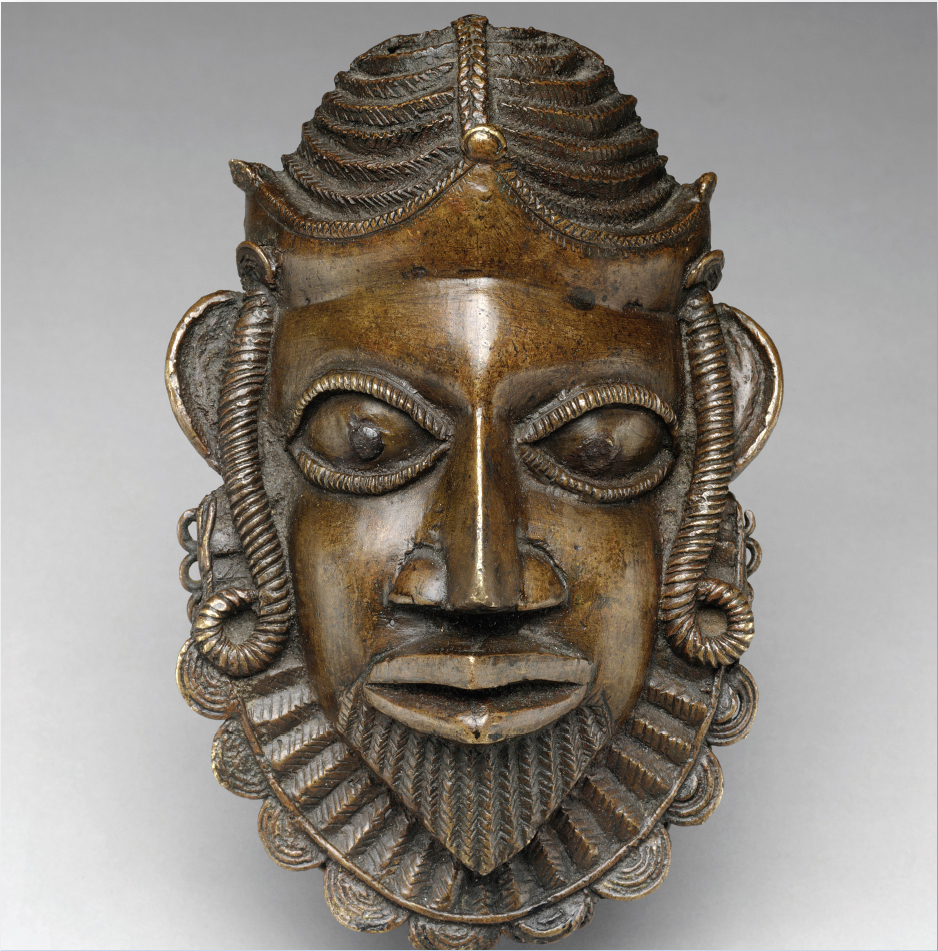A History of World Societies:
Printed Page 587
A History of World Societies Value
Edition: Printed Page 590
Introduction for Chapter 20
20
Africa and the World
1400–1800

African states and societies of the early modern period — from the fifteenth through the eighteenth centuries — included a wide variety of languages, cultures, political systems, and levels of economic development. Kingdoms and stateless societies coexisted throughout Africa, from small Senegambian villages to the Songhai kingdom and its renowned city of Timbuktu in West Africa, and from the Christian state of Ethiopia to the independent Swahili city-
Modern European intrusion into Africa beginning in the fifteenth century profoundly affected these diverse societies and ancient trading networks. The intrusion led to the transatlantic slave trade, one of the greatest forced migrations in world history, through which Africa made a substantial, though involuntary, contribution to the building of the West’s industrial civilization. In the seventeenth century an increasing desire for sugar in Europe resulted in an increasing demand for slave labor in South America and the West Indies, where sugar was produced. In the eighteenth century Western technological changes created a demand for cotton and other crops that required extensive human labor, thus intensifying the West’s “need” for African slaves.